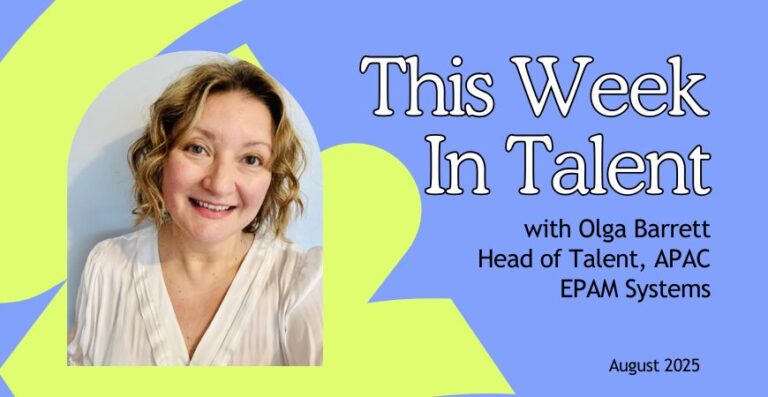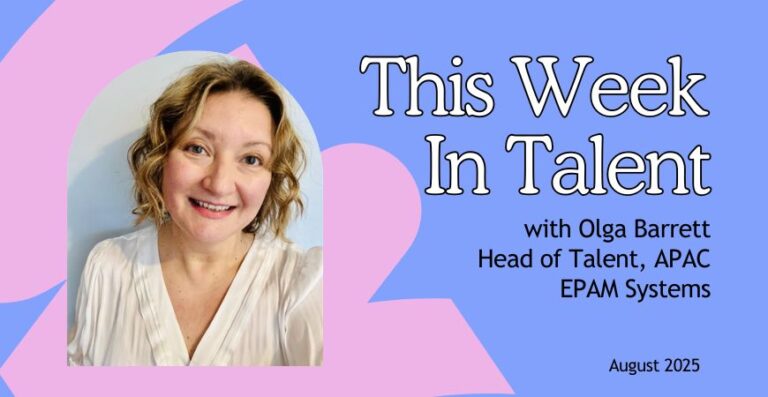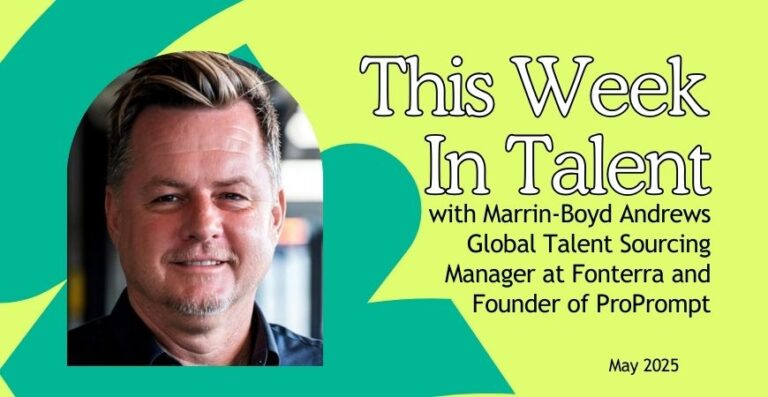In our recent webinar discussion Metrics that Matter: The Reality behind Recruitment Performance, our panellists entered into a lively discussion about the function and efficacy of the Cost per Hire (CpH) metric.
Olga Barrett, Head of Talent Acquisition East Asia Pacific, Senior Manager at EPAM Systems explained that CpH is used as one of the key metrics for her function, in particular when benchmarking recruiting efficiency across different global regions and deciding on the architecture of the TA organisation. Here’s how that metric is derived.
Our CpH is derived from two main components: Compensation and Operating Expenses.
Compensation includes payrolls, bonuses (contractual and performance-based), and payroll-related expenses. However, salaries paid to the hired candidates are not factored in, unless they are part of the TA team.
On the other hand, Operating Expenses encompass agencies, referral bonuses, sourcing costs, marketing and events, operations, contractors, travel and entertainment expenses, upskilling and development costs, software licenses, relocation fees (in cases where recruiters move between countries), and potential legal costs when engaging third parties or an Employer of Record (EoR).
To calculate CpH, the total of Compensation and Operating Expenses is divided by the number of hires forecasted.
In this way, we can keep a keen eye on the cost-effectiveness of our talent acquisition efforts and ensures efficient allocation of resources within our TA function.







